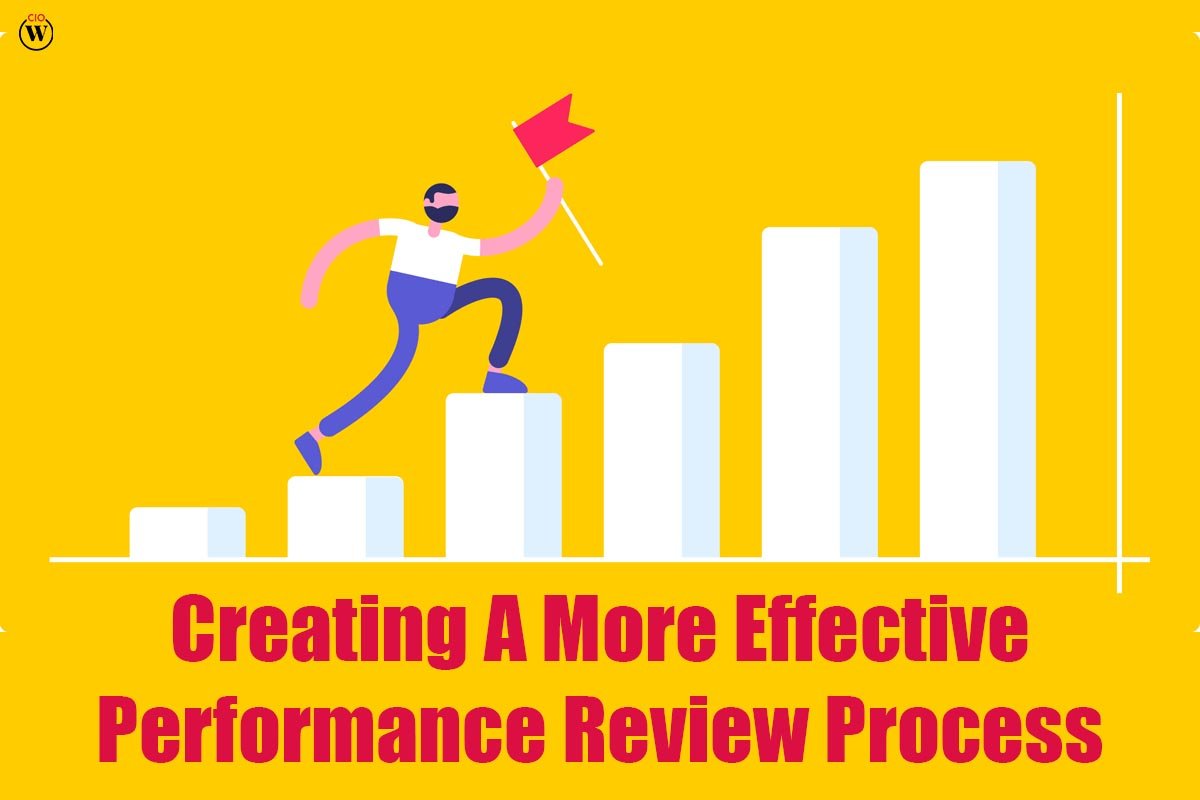Performance reviews are an integral part of the performance management process in any organization. They provide an opportunity for managers and employees to assess progress, set goals, and provide feedback. However, traditional performance review processes are often viewed as ineffective and can create a sense of dread in both managers and employees.
Therefore, it is crucial to develop a more effective performance review process that can foster growth, development, and engagement. In this article, we will explore how to create a more effective performance review process.
Here is how to create a more effective performance review process;
1. Establish Clear Goals and Objectives
The first step in creating an effective performance review process is to establish clear goals and objectives. These goals should be aligned with the overall strategic objectives of the organization and should be relevant and measurable. The goals should also outline what the review process should achieve, what the review criteria should be, and how the review will be conducted.
By setting clear goals and objectives, employees can better understand what is expected of them and how their performance will be evaluated. Moreover, this process provides clarity and transparency, and it helps to align employee performance with organizational goals.
2. Provide Regular and Ongoing Feedback
The traditional performance review process typically involves a once-a-year review, which can be problematic as employees can forget about their achievements and challenges throughout the year. Therefore, it is essential to provide regular and ongoing feedback throughout the year.

When managers provide feedback, employees are more likely to be aware of their performance and can make adjustments as needed. This approach also helps to establish open communication between employees and managers, which can lead to greater engagement and improved performance.
3. Use Multiple Data Sources
When evaluating employee performance, it is important to use multiple data sources. Data sources may include input from coworkers, customers, and other stakeholders, as well as objective performance metrics and self-assessments.
By using multiple data sources, managers can gain a more comprehensive and accurate picture of employee performance, and it can identify areas for improvement more effectively. Additionally, employees can be involved in the performance review process by providing self-assessments, which can help identify areas they believe they need to improve.
4. Focus on Development and Growth
An effective performance review process should focus on employee development and growth. Managers should identify areas where employees can improve and provide them with the resources and support they need to grow and develop in their roles.
The performance review process should include training, mentoring, coaching, and other development opportunities. By focusing on development and growth, organizations can create a culture of continuous improvement and can foster employee engagement and loyalty.
5. Make Reviews Collaborative
A collaborative approach can be an effective way to improve the performance review process. This approach involves making the review process a two-way conversation between employees and managers, rather than a one-sided evaluation.

Encouraging employees to provide feedback on their performance and to set their own goals can create a more collaborative and engaging review process that promotes growth and development. When employees are involved in the review process, they feel valued, and their perspectives can provide valuable insights for managers.
6. Use Technology to Streamline the Process
Technology can play a vital role in creating a more effective performance review process. Performance management software can help automate the review process, making it easier for managers to track employee progress and provide ongoing feedback. This can also help ensure consistency in the review process and provide managers with real-time data on employee performance.
Automating the performance review process can help free up managers’ time, which can allow them to focus on coaching and providing feedback rather than spending time managing paperwork.
7. Ensure Consistency and Fairness
Consistency and fairness are essential in any performance review process. The review process should be fair and transparent, with all employees evaluated using the same criteria.
Consistency and fairness in the review process can help build trust and credibility and promote employee engagement and motivation. To ensure consistency and fairness, managers should be trained on how to conduct performance reviews effectively, and they should use standardized criteria to evaluate employee performance.
8. Set Realistic Goals
Setting realistic goals is crucial in creating an effective performance review process. Unrealistic goals can lead to frustration, demotivation, and disengagement. Managers should work with employees to set realistic goals that are achievable and aligned with the organization’s overall objectives.
When goals are realistic, employees are more likely to be motivated and engaged, and they can focus on achieving their objectives rather than feeling overwhelmed or discouraged.
9. Reward and Recognize Achievement
Recognition and rewards can be powerful motivators and can help reinforce desired behaviors and achievements. An effective performance review process should include recognition and rewards for outstanding performance.

Recognition and rewards can take many forms, from verbal praise to monetary rewards and promotions. Managers should ensure that employees feel valued and appreciated for their contributions and that they receive appropriate recognition and rewards for their achievements.
10. Follow Up and Monitor Progress
An effective performance review process should not be a one-time event. It should be an ongoing process that includes follow-up and monitoring of progress. Managers should check in with employees regularly to assess progress and to provide ongoing feedback and support.
By monitoring progress, managers can identify areas where employees may need additional support or training, and they can adjust goals and objectives as needed. This approach can help ensure that employees remain engaged and motivated and that the organization continues to meet its objectives.
BOTTOM LINE
Creating an effective performance review process is essential for fostering employee growth and development, promoting engagement and motivation, and achieving organizational objectives. By establishing clear goals and objectives, providing regular and ongoing feedback, using multiple data sources, focusing on development and growth, making reviews collaborative, using technology, ensuring consistency and fairness, setting realistic goals, rewarding and recognizing achievement, and following up and monitoring progress, managers can create a performance review process that is both effective and engaging.
With an effective performance review process, employees can feel valued and supported, and they can continue to grow and develop in their roles, benefiting both the employee and the organization.









